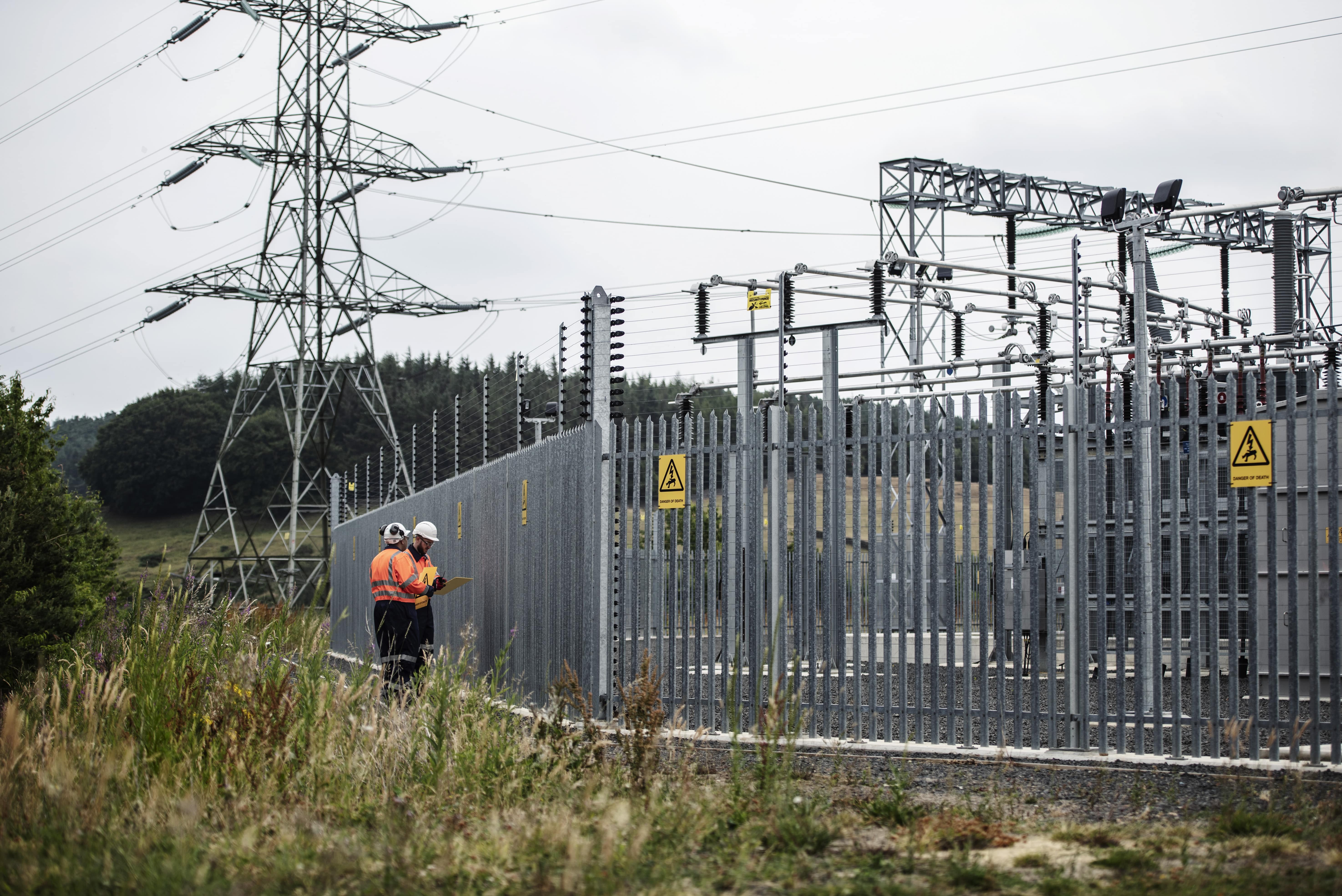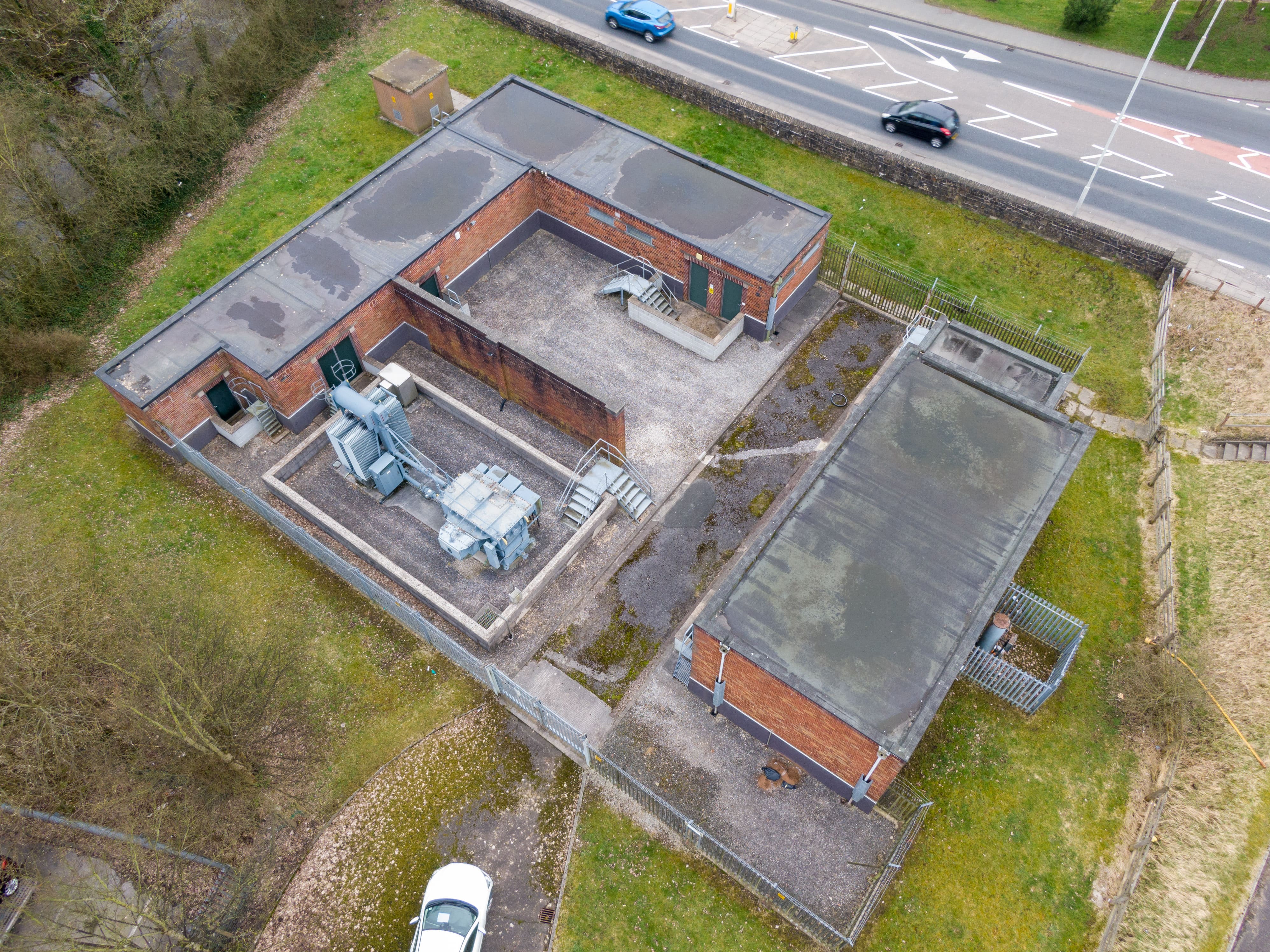No, substations are restricted areas for safety reasons. Only authorised personnel are allowed to enter. If you notice any issues or need assistance, please contact us by completing the Enquiry form or calling 0800 195 4141.
Electricity substations
A substation converts high-voltage electricity into lower-voltage electricity to make it safe for everyday use. It also helps manage and distribute electricity efficiently to different areas of the North West.
⚠ NEVER ENTER A SUBSTATION ⚠
⚠ Stay Away, Stay Alive! ⚠
Electricity is dangerous and can cause serious injuries or even death.
In case of an emergency:-
- Call 999 if there is a serious immediate risk or if someone requires medical help 24 hours a day
- Call 105 to report the emergency 24 hours a day or 0800 195 4141 for non-emergency enquiries.

Report an issue with one of our substations
We have over 20,000 electricity substations across the Northwest which we regularly maintain for safety, reliability and efficiency. However, sometimes we need your help to spot issues. These issues might include damage, graffiti, vandalism, flooding, litter or fly tipping. If you come across any issues or concerns at one of our substations, please let us know by reporting it with as much detail as possible, online by completing the simple Enquiry form or calling one of our friendly agents free on 0800 195 4141, 24 hours a day, 7 days a week, so we can fix it. If you're reporting online, please provide an image if possible.
Here's what will happen
1: Report an issue
Report an issue online by completing the enquiry form or calling 0800 195 4141 anytime with the substation name or number which can be found on the gate or door of a substation. Never enter a substation.
2: Site visit
We’ll visit the substation to investigate the issue as soon as possible to plan how the issue can be.
3: Resolve the issue
We aim to resolve the issue within 4-6 weeks depending on the nature of the issue, which may include one of our partners who maintain the grounds at the substation.
Request access to a substation
If you intend to work inside a substation you will need to contact us beforehand by completing the Enquiry form or calling 0800 195 4141. The reasons for working inside a substation include construction or maintenance of property nearby or pipework underground.

Here's what will happen
1: Request a site visit
Request a free site visit by completing the enquiry form or calling 0800 195 4141 with the name or number of the substation, the type of work required and how long access will be needed.
2: Arrange a visit
We’ll arrange a suitable time to visit you to understand the work required. This will enable us to plan a time for you to carry out the work.
3: Access provided
Access will be provided to the substation to enable you to carry out the work.
Request to work near to one of our substations
If you intend to work near to one of our substations or equipment you will need to Check before you dig to establish where the out of sight connections are located to avoid coming into contact with them, even when working outside of the substation. There is a legal requirement that materials should never be left within 2 meters of a substation’s perimeter as this breeches security measures. Working near electricity is dangerous and can cause serious injuries or even death.

Request to work near a substation
Complete the enquiry form or call 0800 195 4141.



